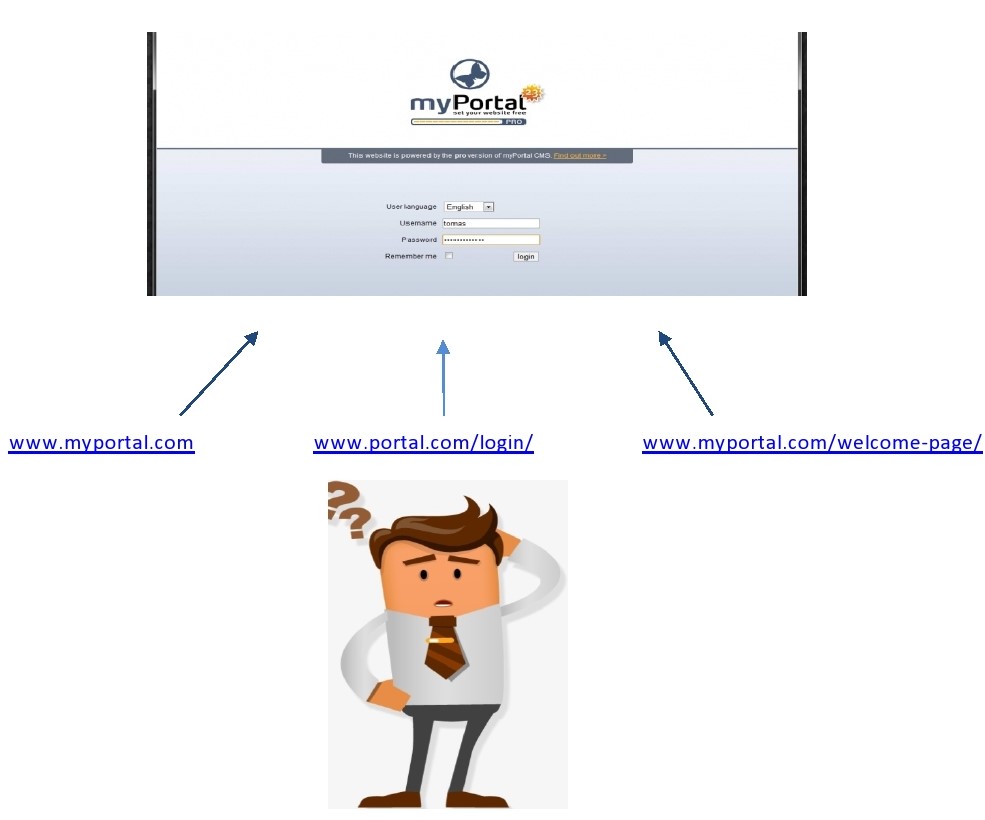What is Duplicate content?
Duplicate content in Search engine optimization refers to the same content that appears on more than one web page or in other words, each webpage has a specific URL which is unique, when multiple URL’s starts pointing towards same content is where the issue of duplicity arises.

It affects the search engine rankings as Google gets confused for which result to show in search engine results. Duplicity is often always unintentional, some organizations or pages do this as a malicious practice but otherwise, it just happens.
Some common causes of Duplicate Content are as follows-
- Alternate versions of URL – The software on the website will allow different URL’s to direct to the same site, this is when Google gets confused.
- Session ID – Each user session is assigned a different user ID which is stored in the URL, takes to the same page.
- Print-friendly pages – When a user decides to print a page, a new page opens with an almost similar URL and leads to the same content.
- https:/https:/www./x.com- When a website is available with https: as well as HTTPS:/, with www. Or without it, we are creating duplicate content with many possible pathways to reach that site.
- Scraped content- Websites often steal content from your page and publish them on their own. The efforts are deliberate and intended for traffic influx. Similarly happens with writers who send content to various websites like blogs and posts and many websites happen to publish them which cause duplication. Sometimes in e-commerce many web pages sell the same product with the same specs that cause duplicity web-wide.
How does Duplicate content affect me?
Google eliminates the same results in order to provide a better customer experience. When multiple web pages show similar content, it decides to show the most relevant results during which your webpage might not show up in the SERP’s, which will cause heavy traffic losses. There exists no explanation to the mechanism Google uses to eliminate the false results, might be which page it sees first, how many links point to it, if the domain is trustworthy.
How can this problem be fixed?
The problem can be fixed by identifying which URL is the correct URL. The correct URL in search engine terms is known as Canonical URL and the method to do so is called canonicalization. Google offers search console help which is a detailed article on how to avoid duplicity.
Different ways to canonicalization are as follows-
- 301 redirect – All the pages with the same content are redirected to one single page. This increases the ability of a web page to be found because many pages bring with them the potential to be found.
- Adding rel= canonical to the HTML head does the same job as 301 redirects, but since it is on the page itself hence require much fewer efforts.
- The meta robots- technically called- content=”noindex,follow” allows the search engine to crawl but does not include them in their indices.
There are many general methods of preventing duplication which include disabling session id’s, setting same order for parameters, fixing printer friendly page issues and more.
If you feel your content is being misused by some other site, the best way to check it is on CopyScape.com and if you find any such activity, you can report at Digital Millennium Copyright Act (DMCA) infringement request with Google, with Yahoo!, and with Bing or file a legal suite.
In conclusion, duplication of content is totally possible. Most of the times it is our own faulty procedures that cause it, a little awareness and promptness can help avoid it.
Meghna Sathe
